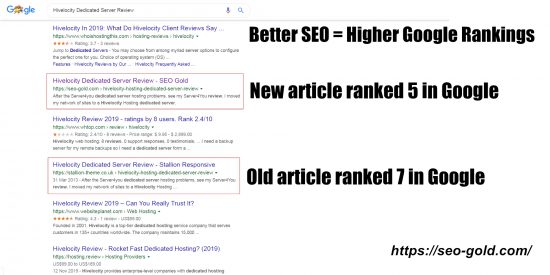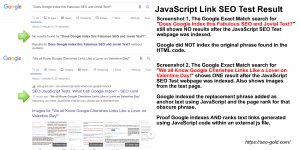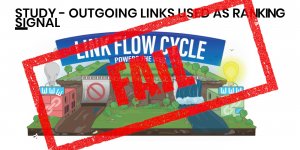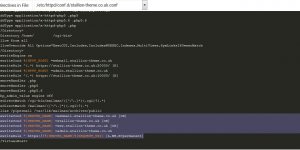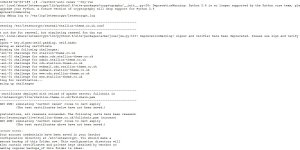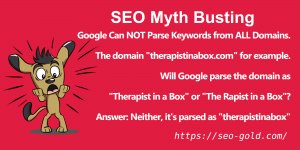I’m in the process of moving content from my Stallion Responsive website to my SEO Gold website to separate WordPress Theme content from SEO content. I’m leaving the WordPress theme content on the Stallion Responsive site and moving all the SEO content to the SEO Gold site.
A couple of days ago I moved a batch of webhosting/server reviews from the Stallion website to here and I’m checking SERPs. One of the webhost reviews is the Hivelocity Dedicated Server Review and the new webpage (on this website) is ranking above the old location.
Google is still indexing the old article even though it’s 301 redirected here: the double Google listing is temporary.
Better SEO = Higher Google Rankings
- New article ranked 5 in Google
- Old article ranked 7 in Google
That’s a nice SERPs improvement for SEO changes (see later) and it should improve as the rank from the old webpage is passed to the new webpage via the 301 redirect.
From an SEO perspective there’s a few things going on here that’s interesting, so we can’t jump to a simple SEO conclusion change XYZ resulted in the new webpage with pretty much the same content ranking above the old content.
Since it’s only been a couple of days since I moved the content (via a 301 redirect) it’s way too soon for Google to have fully reindexed everything and pass the old rankings to the new location, which is why both webpages are ranked top 10 in Google.
So we know this isn’t the end result, that could take weeks for the new SERPs to ‘settle’.
Update February 2020: It’s around 8 weeks since I wrote this article, over the first week or two the “Hivelocity Dedicated Server Review” SERP varied a lot, sometimes the 301 redirected page wasn’t in the top 20. It did eventually ‘settle’ and currently the new better optimized webpage is ranked number 3 in Google. So relatively small onpage SEO improvements increased rankings for this SERP from top 5-10 to top 1-5 where the money is.
Note: if all other SEO things were equal (if I didn’t better optimize the new webpage), the 301 redirect would cost the page around 15% of it’s current link benefit/PageRank. It’s the PageRank dampening factor which means the move could result in a decrease in rankings. It’s best to avoid 301 redirects if you can, but I’m moving the content, so have no other option.
When I moved the content here I made SEO changes (relatively small, but important changes) to the text based content, updated the social media meta tags (so the content can be better promoted on Twitter etc…: no impact on SEO), deleted a couple of old small images and added one larger better SEO’d image which when clicked opens a WordPress Attachment page (I use WordPress Attachment pages to generate extra Google SERPs and more webpages to promote on Twitter).
I’ve included the new Hivelocity image below with the exact same code format as used on the Hivelocity review article.
A new better SEO’d image might not seem very important, but the image makes the webpage look better and gives me another way to promote the article. I built a feature which automatically adds all published WordPress Posts and WordPress Image Attachment Pages (which are attached to published Posts) to a Twitter schedule database.
When I publish this WordPress Post it and any associated WordPress Image Attachments will be added to my Twitter schedule and will be Tweeted driving a little extra traffic from Twitter.
A WordPress Post with say five attached images will result in six Tweets (one Tweet for the Post and five for the image attachments) being added to my Twitter schedule, those Tweets help promote this website for free on Twitter.
These WordPress Image Attachment pages are also useful for semantic silo SEO linking, scroll to the very bottom of this webpage and you’ll find a block of 9 image links between the comment form and footer area. Look at the anchor text below the images, it’s NOT perfect anchor text, it’s semantically relevant text.
David Law

